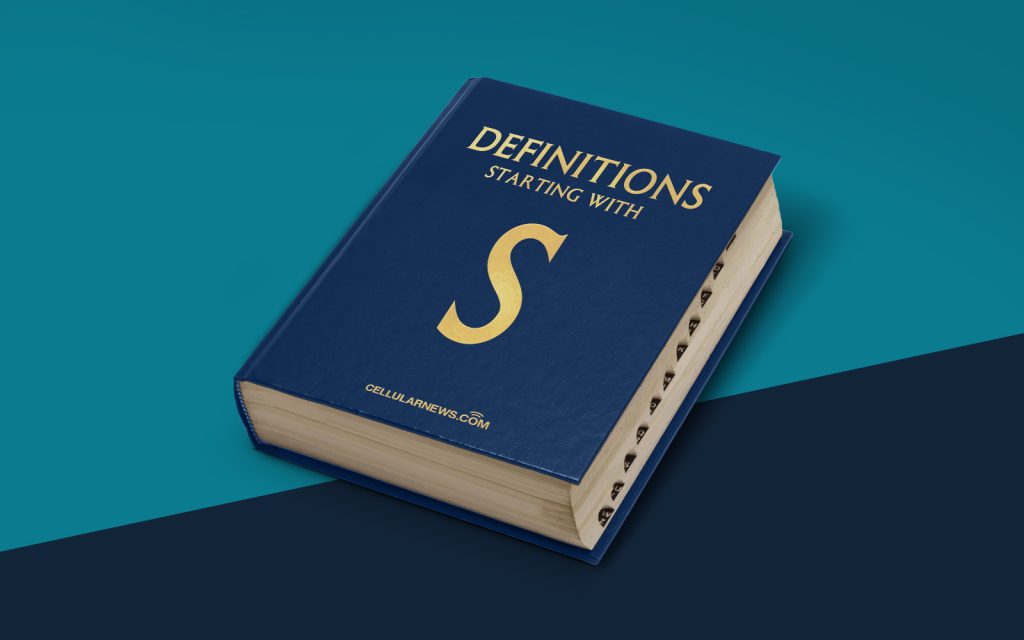
Welcome to the Exciting World of Simulated Annealing
Do you love exploring new concepts and complex problem-solving techniques? If the answer is yes, then you’re in for a treat! In this article, we’ll dive into the fascinating world of simulated annealing and uncover its intricacies. So, buckle up and get ready to embark on a journey where mathematics, optimization, and simulation intersect!
Key Takeaways:
- Simulated annealing is a heuristic optimization algorithm inspired by the physical process of annealing in metallurgy.
- It utilizes probabilistic methods to “anneal” a solution, gradually modifying it to reach a near-optimal solution.
Imagine you have a complex problem to solve, and you need to find the best possible solution. Simulated annealing comes to the rescue by providing a powerful approach to optimization.
But wait a minute, you might be wondering, what exactly is simulated annealing? Well, let’s break it down!
Understanding Simulated Annealing
Simulated annealing is an advanced optimization technique that draws inspiration from the physical process of annealing in metallurgy. When a metal undergoes annealing, it is heated and then slowly cooled, resulting in a solid and stable crystal lattice structure. This process helps to eliminate defects and improve the overall quality of the material.
Simulated annealing takes this concept and applies it to solve optimization problems. Instead of heating and cooling metal, it “anneals” a solution by gradually modifying it in a controlled manner to explore the problem space and ultimately find the best solution.
Here’s how it works:
- Initial Solution: Simulated annealing starts with an initial solution to the problem at hand. This could be a random solution or a known starting point.
- Iteration: The algorithm iteratively explores neighboring solutions by making random changes to the current solution. These changes can be small or large, depending on the exploration strategy.
- Evaluation: After each iteration, the new solution’s quality is evaluated using a user-defined cost function. This function quantifies how well the solution solves the problem.
- Acceptance or Rejection: Based on the evaluation, the algorithm either accepts or rejects the new solution. If the new solution is better than the current one, it is accepted. However, if it’s worse, it may still be accepted with a certain probability to allow exploration of the solution space.
- Cooling and Exploration: Simulated annealing employs a cooling schedule, which gradually reduces the probability of accepting worse solutions as the algorithm progresses. This ensures that the algorithm converges towards a near-optimal solution.
- Termination: The algorithm continues iterating and exploring solutions until it reaches a stopping criterion, such as a predefined number of iterations or a satisfactory solution quality.
Simulated annealing offers a trade-off between exploration and exploitation of the solution space. It starts by exploring a wide range of solutions, favoring exploration in the early stages. As the cooling schedule progresses, it gradually shifts towards exploitation, hence converging towards a near-optimal solution.
Applications of Simulated Annealing
Simulated annealing has a wide range of applications in various fields, including:
- Combinatorial Optimization: It can help solve complex optimization problems in areas such as logistics, scheduling, and resource allocation.
- Machine Learning: Simulated annealing is used to train neural networks, optimize hyperparameters, and improve model performance.
- Graph Theory: It aids in finding optimal solutions for problems related to graph visualization, routing, and clustering.
- Statistical Analysis: Simulated annealing helps find the maximum likelihood estimations and global optima in statistical models.
Simulated annealing’s versatility and ability to navigate complex, high-dimensional solution spaces make it a valuable tool in tackling challenging problems that traditional optimization algorithms struggle with.
So, next time you encounter a tricky optimization problem, remember the power of simulated annealing. It’s like having a trusty mathematical “blacksmith” that can refine and forge your solutions to perfection. Happy exploring!
